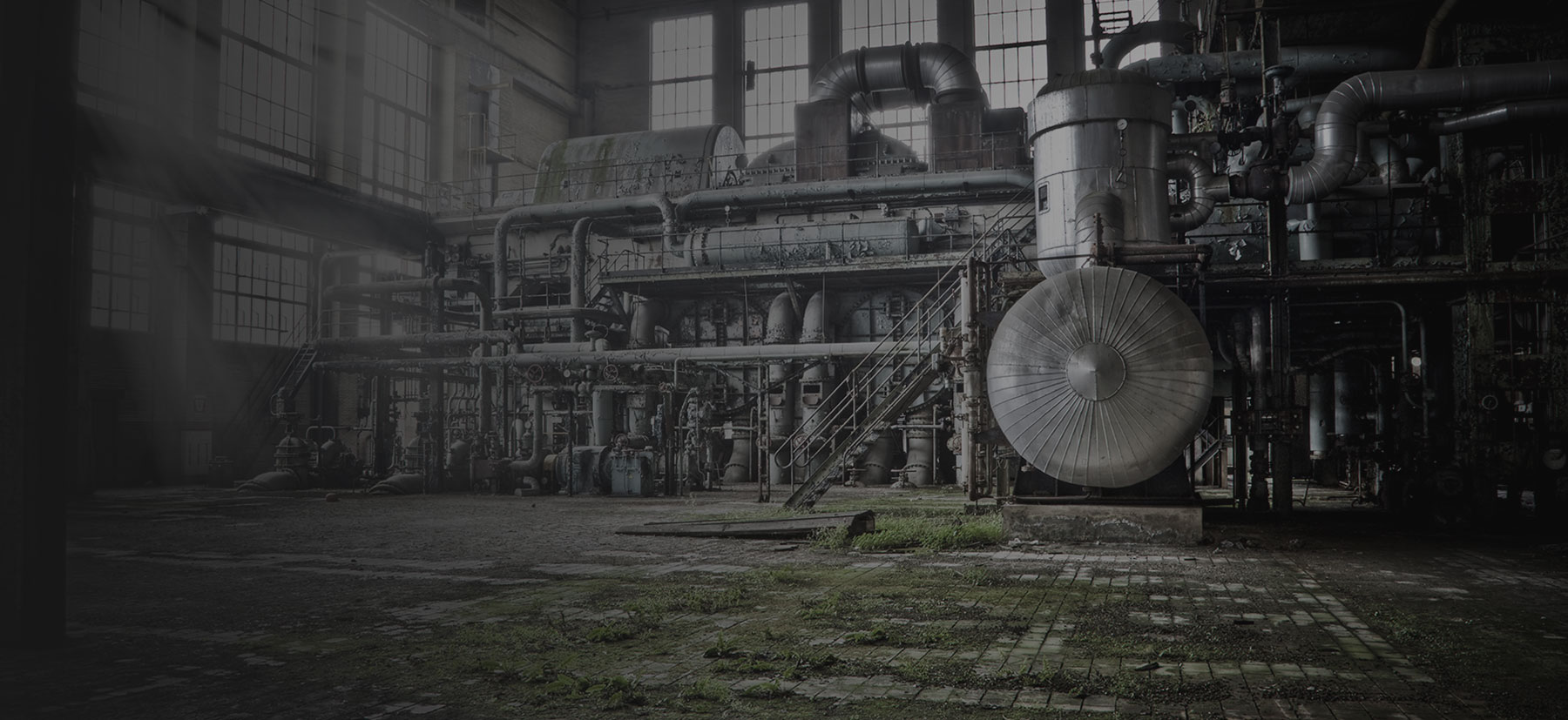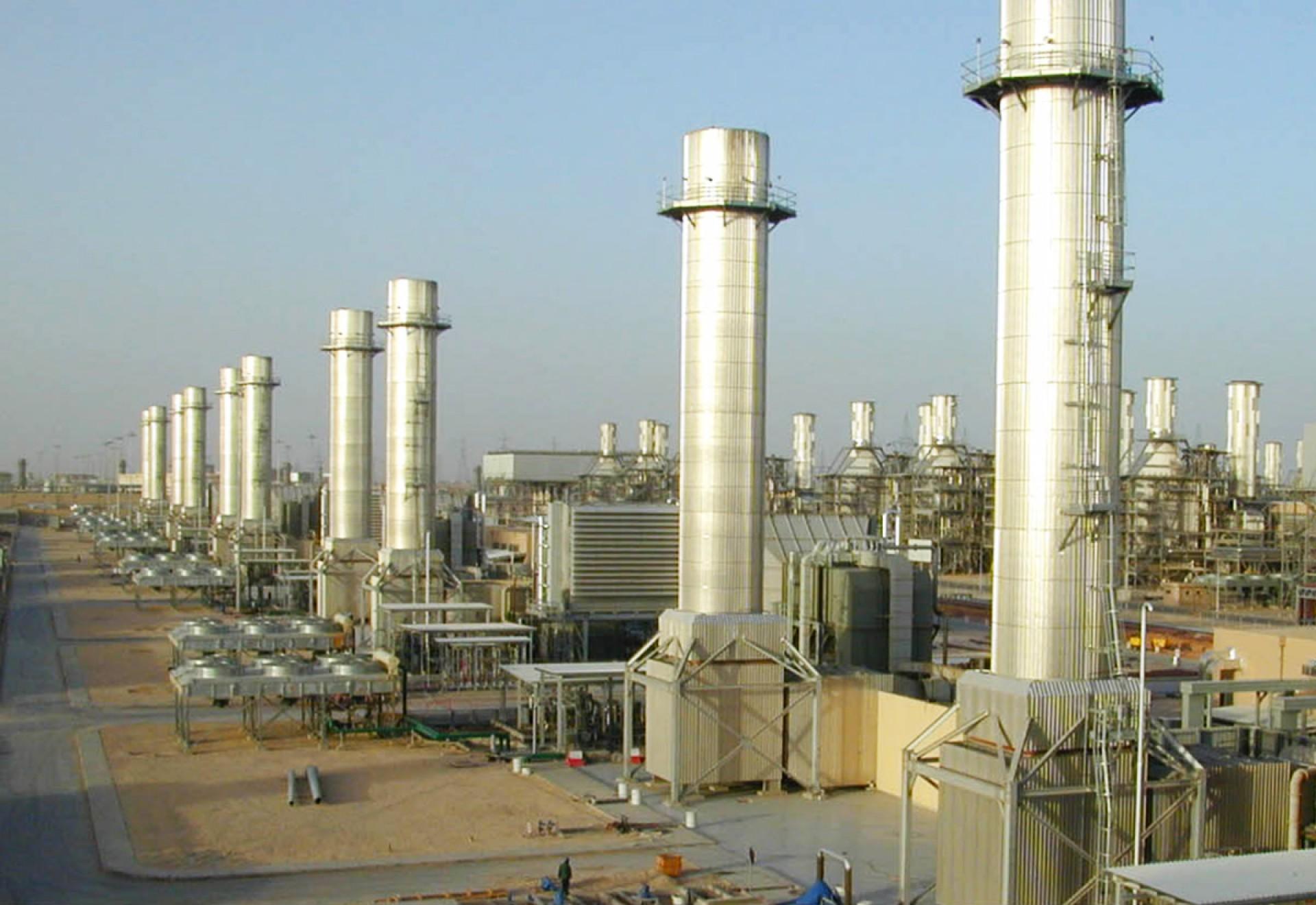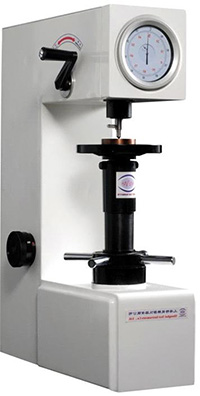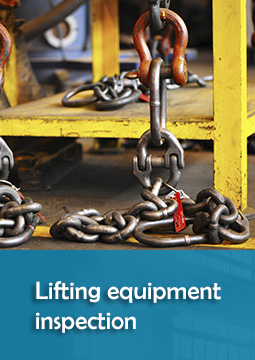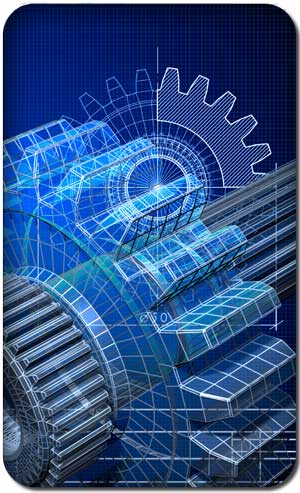ENGINEERING DESIGN ANALYSIS

AMCO offers in-house finite element (FE) modelling of plant components. FE modelling can help in a number of circumstances – at the design phase, when looking for stress concentrations and deciding the placement of welds; in remaining life assessment, when evaluating the effect of thinning on stress distribution; in maintenance planning, when locating areas for inspection etc. Our engineers have experience modelling complex components and interpreting the results to provide you with the best recommendations.
Why Finite Element Modelling?
Finite element analysis (FEA) is a computer-based technique which can be used to analyze mechanical components or parts. FEA is also a popular numerical methodology that is widely used to solve engineering problems. Major applications for FEA include static, dynamic and thermal characterizations of mechanical components or parts.
The use of FEA in modelling the viscoelastic properties such as incompressibility, large strains and non-linearity. Even with the complex theory, shortcomings and difficulties, non-linear FEA is becoming more popular as a standard analysis tool for stress analysis, failure analysis, fluid mechanics, heat transfer etc.
Geometric discontinuities cause a large variation of stress locally and often produce a significant increase in stress. The high stress due to geometric discontinuity is called a ‘Stress Concentration’. This can also appear when loads are applied over a small area or at a point. Geometric discontinuities are often called as ‘Stress Risers’. Examples of stress risers include holes, notches, fillets and threads in a structural member.
Often, Stress Risers are at the starting point of material damage. This ultimately leads to material failure by fracture. For this reason, it is important to realize the existence of stress concentrations and understand the overall behavior of some typical geometrical configurations for critical applications. The ratio of the average or nominal stress to maximum stress is called Stress Concentration Factor and is denoted by K. These Stress Concentration Factors are significant in any mechanical component, as they gives rise to localized stress when any change in the design or surface, or abrupt change in the cross section, occurs. Almost all machine components and structural members contain some form of geometrical or micro-structural discontinuities. These discontinuities are very dangerous and lead to failure. So it is very much essential to analyze the stress concentration factors for critical applications like Turbine Rotors, Tee Joints, valves etc.


